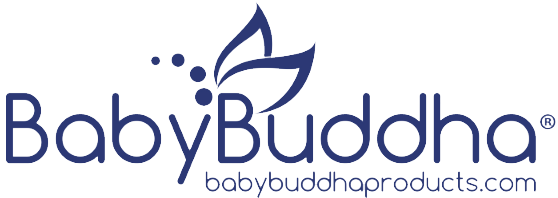Increasing Milk Supply Using A Breast Pump
In most cases, many moms think of the breastfeeding process as a painful experience. In case you are not in a position to breastfeed for whatever reason, the next most important thing you can get is a breast pump. This has been made easy by the fact that there is insurance coverage for breast pumps courtesy of the Affordable Care Act. In this post we will focus on how you can increase your breast milk supply using a breast pump and cover a number of tips on how to make your experience better.
The first step that you need to pay attention to is the selection of a good breast pump. Since insurance covers breast pumps now, the price is not a big deal like it used to be a few years ago; as long as you have insurance you can have a wide range of options to choose from. You have to keep your needs in mind when you are looking for the perfect breast pump. Determine whether you will be pumping several times a day, once a day or occasionally. Remember that the needs of pumping once a day and occasionally are different and will influence the selection of the breast pump.
If you are a working mom and you need to return to work before the recommended 6 months of breastfeeding are over, then you can start using the breast pump about 3 weeks prior to returning to work. This will help in stimulating your body to produce more milk and you can also pump while breastfeeding the baby. When the baby is suckling, signals will be sent and there will be a production of more milk which will help you in increasing your milk supply. More milk is beneficial especially when breastfeeding depends on the pumping sessions.
If you want to increase your breast milk supply and maintain the high levels, you will need to be consistent with your pumping routine. The secret to producing more breast milk is stimulating the body to do so. This will easily be achieved if you pump consistently. If you are pressed and have limited time, pump for short periods such as five minute sessions. This will adjust the body to producing more milk especially if you pump in intervals of 2 to 3 hours. Without consistency, stimulation will be poor and the milk supply will be low.
Keep in mind that pumping for long durations will not help in increasing the milk production; it will however result in unnecessary breast soreness and pain. The best way to approach this is through short frequent sessions lasting for about 5 to 10 minutes. Increasing the frequency will increase the milk production hormones in the body. It is obvious that every time you pump the quantity of milk you get will be reduced, but what you will be aiming at is improving the stimulation and through this, your production will increase and you will be in a better position to maintain the supply level.
Electric pumps have gained popularity with most mothers but it is important to note that a manual pump can also be convenient but this will depend on your needs. This brings us back to the needs. Your needs are great determinants of the type of breast pump you need. If you are a stay at home mum, then a manual pump will work great.If you need to go to work, an electric or battery powered breast pump will be a great option. Remember that you can get breast pump insurance coverage to handle the cost or the rental of a unit and all you need to do is to call your insurance company for more information about breast pumps and insurance policy provided to you.
Published by:
Insurance Covered Breast Pumps












